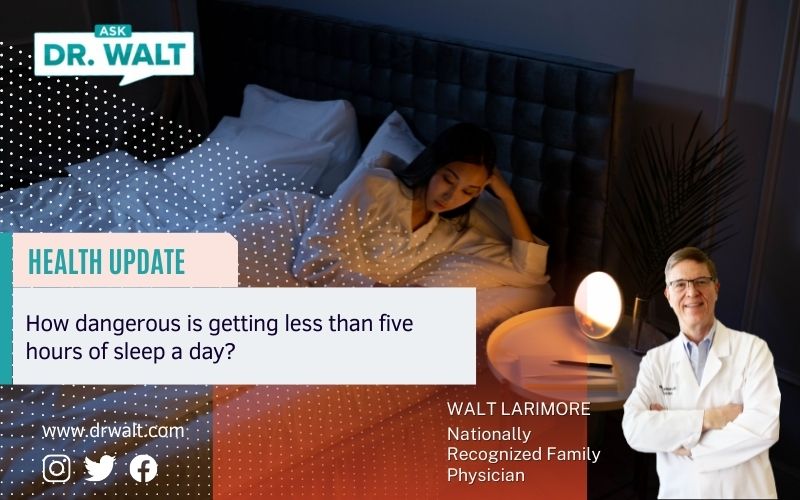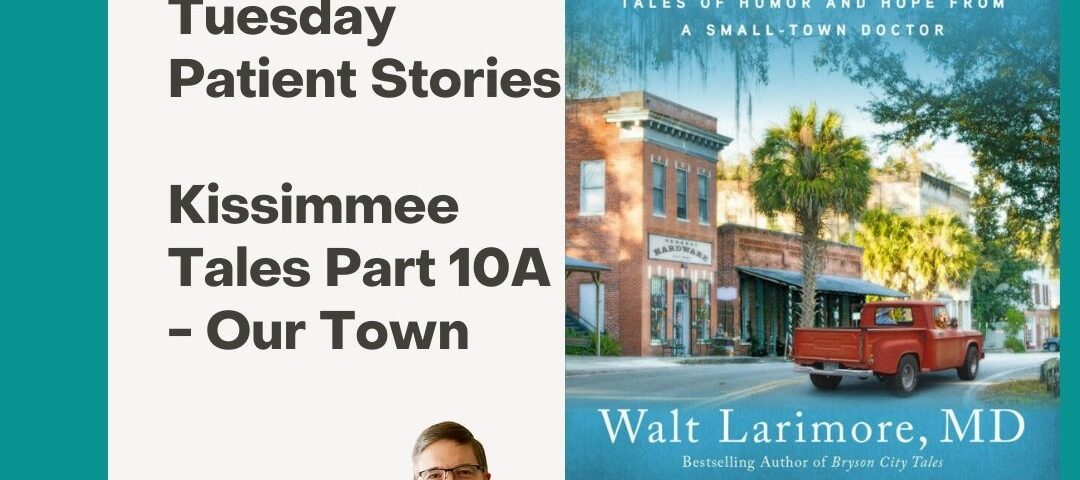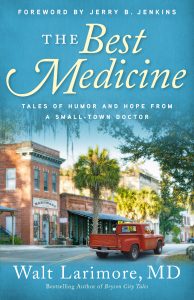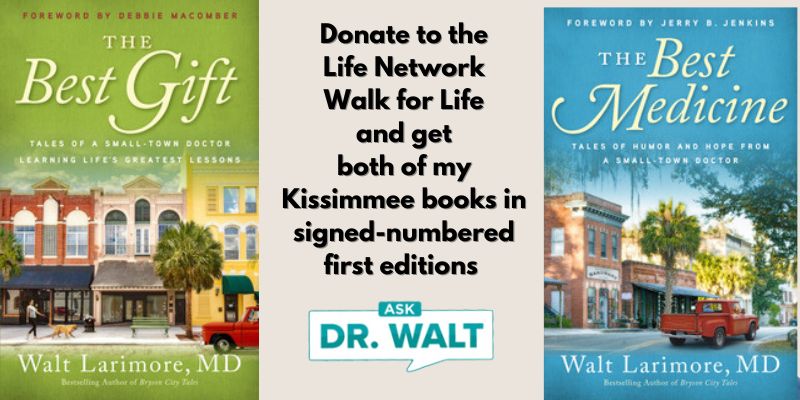
How dangerous is getting less than five hours of sleep a day?
November 28, 2022
Is too much social media use linked to decline in mental health?
November 30, 2022For the next few months, I’m excerpting chapters from the first of two books about my early years in family medicine in Kissimmee, Florida – The Best Medicine: Tales of Humor and Hope from a Small-Town Doctor. I hope you, your family, and your friends will follow along and enjoy this trip back into the past with me and my family.
CHAPTER 10A – OUR TOWN
Dan Autrey and one of our county commissioners, Mike Bast, took Barb and me on an outing to explore an undeveloped piece of property on the shore of Lake Toho as a potential homesite. As we were walking the fields, Mike asked if I knew the origin of the county’s name. I guessed they named it after a Seminole Indian called Chief Osceola.
Mike laughed. “Lots of folks think that, but it ain’t true. His birth name was Billy Powell. His dad was a British trader and his mom a Creek Indian. He was born in Alabama in 1804 and gave himself the name Osceola at a Seminole tribal ceremony around 1820.”
“Where were the Seminole Indian native lands?” I asked.
“That’s kinda funny,” Mike said. “The Seminoles in Florida weren’t an actual tribe. They were the loosely organized remnants of other Indian tribes that fled to Florida. When the United States offered to buy Seminole lands to move them to settle on open territory west of the Mississippi, many Seminoles favored the proposal, but not Osceola. He led an uprising opposing the removal. Their guerrilla warfare tactics kept the U.S. military at bay for a long time in what was called the Seminole Wars. The army finally captured Osceola, and he died after only one month in captivity. He was thirty-three years old but never a real chief.”
Mike paused for a second as if deciding whether to go on. “It was reported that an army doctor removed his head as a souvenir and would leave it on the bedposts of children he felt needed discipline.”
“I hope you choose not to use that form of discipline with Kate and Scott,” Dan said.
“Amen!” Barb said.
Movement across the field caught my eye. A flock of wild turkeys was emerging from the forest edge.
“Those are Osceola turkeys,” said Mike, “Some folks call ’em the Florida turkey. They only live in Central Florida. They’re smaller and darker than Eastern Wild Turkey and are named after Osceola. The gobblers can reach three and a half feet tall and weigh up to twenty-five pounds. They make for a great Thanksgiving dinner.”[i]
Not appearing the least concerned about the strangers in their midst, the leader of the doting harem was strutting his beautiful plumage. We stood still as they walked across the field toward us—rambling closer until several moseyed up to and began pecking on the commissioner’s boots.
“Well, I’ll be dad-blamed, Commissioner!” Dan exclaimed. “Have you been here feeding these turkeys? Are you baiting ’em up for hunting season?”
Mike’s cheeks turned the garnet of a Florida State University athletic uniform, but he did not confess.
[i] For this conversation, I refreshed my memory with the following: (1) “Osceola Wild Turkey,” Sports Globe, tinyurl.com/y53kn864; (2) “Osceola Seminole Warrior Leader,” Osceola County, tinyurl.com/y2vnn7ye; and (3) “Seminole Chief Osceola, Billy Powell,” Native Heritage Project, May 10, 2014, tinyurl.com/yy9vogwx.
This excerpt from The Best Medicine: Tales of Humor and Hope from a Small-Town Doctor is provided with the permission of the publisher Baker/Revell. You can learn more about the book or purchase a copy here.
© Copyright WLL, INC. 2022.





